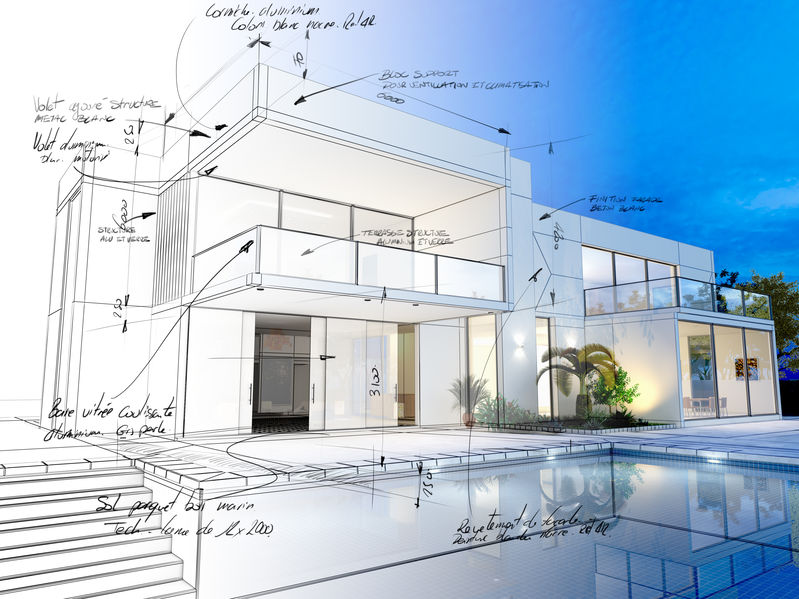
Innovative Building Materials
How The Construction Industry Is Innovating
Building construction in the United States accounts for a daunting amount – nearly 40 percent – of CO2 emissions in the country. From the production of materials to the waste from construction and demolition – not to mention the annual water and energy use once its erected – each new commercial building is yet another gouge in our environment’s health.
Fortunately, norms and standards are changing, creating an increasingly strong tendency toward sustainability in both building construction and operation. Innovative, environmentally friendly materials are crucial to sustainable buildings and are quickly becoming mainstream.
So, when we talk about sustainable building materials, what are we actually referring to? Which count? Which are better than others? Here are a few popular materials to watch out for in 2019:
Renewable timber
While timber is often associated with deforestation, it’s actually considered a sustainable construction material – if managed wisely. Timber is a renewable, recyclable, and relevantly energy-efficient to produce. In contrast to man-made materials, the production of timber produces lower amounts of carbon dioxide emissions that conventional methods.
Recycled steel
Steel is one of the easiest construction materials to recycle. It is 100 percent recyclable and can be reused many times in its lifespan for new products. Recycling steel not only decreases landfill, but also saves on emissions created in the production of new material. Other metals, such as aluminum, copper, and iron can also be recycled
Air-cleaning Bricks
Not all innovative materials on the market target environment. Some, including air-cleaning bricks, benefit human health, too. These bricks are designed to filter toxins as the air passes from outside to inside the building, making them a popular choice among commercial builders. Cooling bricks are another new technology that are well-suited to large buildings. These bricks absorb water and release it on a hot day, helping to cool a building.
Programmable Cement
This new type of concrete helps increase the lifespan of a building, and can be particularly useful in large buildings that are exposed to the elements, such as condominiums. This cement is less porous and, thus, more durable.
Cigarette Butts
Believe it or not, this seemingly unlikely material is a great filler for bricks, at once increasing their durability and cost-effectiveness and making them more environmentally friendly.
These days, sustainable buildings tend to be attractive to customers, too, as they look for investments that fit their values. Millennials make up the majority of homebuyers today, and the environment is a primary concern for this generation.
Get Qualified Experience On Your Side
Call your Fort Lauderdale commercial real estate attorney today – a smart first step in the buying or building process. Schecter Law can help you with construction agreements, contracts and titles, and insurance. Give us a call today at (954) 779-7009 to get started.

